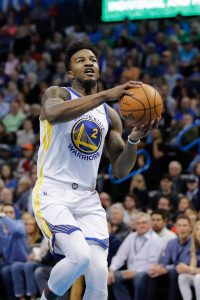While a rule like the Gilbert Arenas provision can flatter its namesake, the late Ted Stepien, former owner of the Cavaliers, may have preferred not to go down in history as the reference point for the Ted Stepien rule. Stepien owned the Cavs in the early 1980s, and made a number of trades that left the franchise without first-round picks for several years. As a result, the NBA eventually instituted a rule that prohibited teams from trading out of the first round for consecutive future seasons.
Because the Stepien rule applies only to future draft picks, teams are still permitted to trade their first-rounders every year if they so choose, but they can’t trade out of the first round for back-to-back future seasons.
For instance, since the Raptors have traded their 2019 first-round pick to San Antonio, they aren’t currently permitted to trade their 2020 first-rounder. Following the 2019 draft though, the Raptors will regain the right to trade that 2020 first-round pick, since their ’19 first-rounder will no longer be considered a future pick.
The Stepien rule does allow a team to trade consecutive future first-round picks if the team has acquired a separate first-rounder from another team for either of those years. So if Toronto were to trade for a new 2019 first-rounder, that would give the Raptors the flexibility to move their 2020 pick without having to wait until after the 2019 draft.
Teams are permitted to include protection on draft picks. This can create complications related to the Stepien rule, which prevents teams from trading a first-round pick if there’s any chance at all that it will leave a team without a first-rounder for two straight years.
For example, the Mavericks have traded a top-five protected 2019 first-round pick to Atlanta. That traded 2019 pick is protected through 2022, and as long as there’s still a chance it won’t convey immediately, the Mavs are prevented from unconditionally trading any of their next few first-round picks. That’s why when Dallas agreed to send two future first-round picks to New York in the Kristaps Porzingis trade, those picks came with conditions attached — the Knicks won’t receive the first of those selections until two years after the Mavs’ pick to Atlanta conveys.
[RELATED: Traded first round picks for 2019 NBA draft]
Teams will have to take the Stepien rule into account this offseason as they mull including draft picks in deals. Oklahoma City, for instance, is one of the teams most significantly impacted by the rule at the moment. The Thunder have committed their 2020 first-round pick to Philadelphia and their 2022 selection to Atlanta, limiting OKC’s ability to move any other first-rounders up until at least 2024.
Here are a few more rules related to trading draft picks:
- For salary-matching purposes, a traded draft pick counts as $0 until the player signs a contract.
- The “Seven Year Rule” prohibits teams from trading draft picks more than seven years in advance. For instance, during the 2018/19 season, a 2025 draft pick could have been traded, but a 2026 pick could not have been dealt.
- A team can add protection to a pick it has acquired as long as there wasn’t already protection on the pick. For example, when the Sixers flipped the Kings’ 2019 first-round pick to the Celtics, Philadelphia included top-one protection on the pick. Boston will get that selection this year unless the 76ers beat the odds and land the No. 1 overall pick.
Note: This is a Hoops Rumors Glossary entry. Our glossary posts will explain specific rules relating to trades, free agency, or other aspects of the NBA’s Collective Bargaining Agreement. Larry Coon’s Salary Cap FAQ was used in the creation of this post.
Earlier version of this post were published in 2012 and 2018 by Luke Adams.
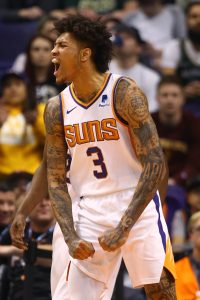
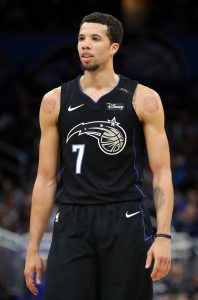
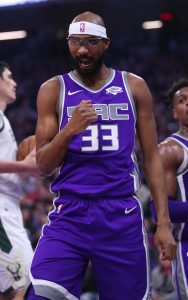
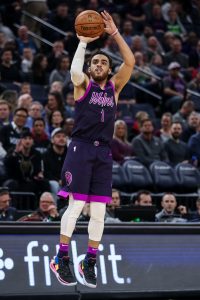 Tyus Jones
Tyus Jones